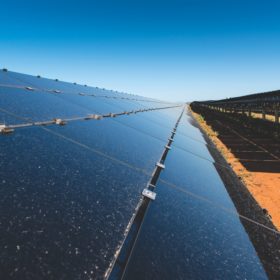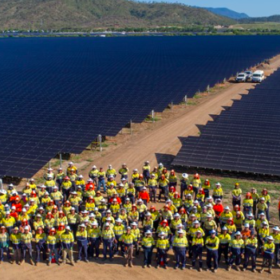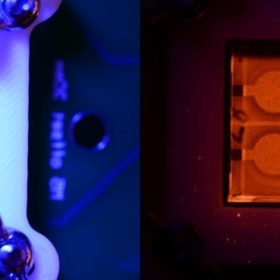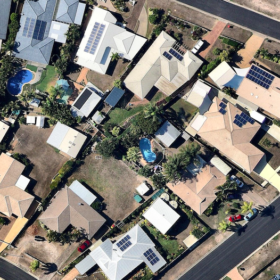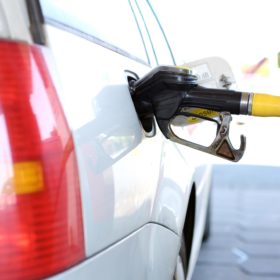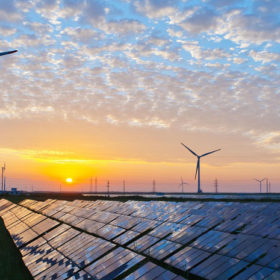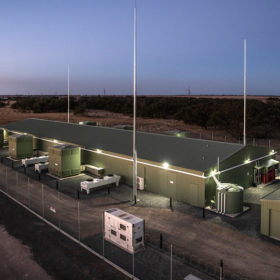Long read: Faltering grid curtails, delays, stalls solar
It’s no secret that Australia’s surge in utility-scale solar and wind – some 4.4 GW commissioned in 2018-19, and a further 3.5 GW expected in 2020 – has overwhelmed sections of the grid. An array of actions and innovations spurred by a recent curtailment crisis in the West Murray region of New South Wales will help crack the code to successful energy transition in Australia and beyond.
Rio Tinto urges climate action despite pandemic and recession
Rio Tinto Chairman Simon Thompson is urging governments to take “urgent” action on climate change despite the twin evils of Covid-19 and economic recession. The call comes amid criticism that Rio Tinto’s own emissions reductions schemes are too weak.
AEMO declares system strength gap in North Queensland
Following the official declaration of a system strength shortfall in northern Queensland, transmission network service provider Powerlink will need to address the issue and ease the situation for three severely impacted renewable energy generators.
Shine! You’re on photoluminescence camera!
Researchers in Australia and China used intensity-modulated photoluminescence to map the series resistance of perovskite solar cells with a technique which could further understanding of the causes of instability issues in such devices.
Ecolog partners with University of Newcastle for commercial rollout of printed organic solar cells
The Dubai-headquartered Ecolog has inked a memorandum of understanding with the Centre for Organic Electronics at the University of Newcastle to commercialize its low-cost, lightweight and portable solar energy technology.
Survey: Covid-19 to cause 50% decline in rooftop solar segment
Australia’s previously booming rooftop PV market segment is likely to see a steep decline in the face of Covid-19 related shutdowns and uncertainty. An industry survey has revealed that around 50% or survey respondents have seen customer enquiries decline by between 25-50%, with a further 20% reporting that new leads have dried up completely.
Infrastructure critical to energy transition, says CEFC report
The Clean Energy Finance Corporation along with its partners has released an Issues Paper on the halting state of Australia’s infrastructural development. The paper highlights the nation’s short-sighted infrastructural projects and their weight upon the energy transition.
Griffith researchers enhance clean hydrogen elecrolysis efficiency
Griffith University researchers have unlocked a catalytic process that can enhance the breakdown of water, into hydrogen and oxygen, for clean hydrogen production and bring Australia a step closer to creating clean efficient hydrogen fuel.
Another remarkable year: 2019 saw renewables records tumble
With 4.4 GW of new renewable energy capacity installed and almost a quarter of Australia’s electricity supply now coming from renewable energy sources, 2019 was another year of extraordinary growth, according to the latest edition of the Clean Energy Australia report. As rooftop solar continued its record-breaking streak, big PV made up more than two-thirds of Australia’s large-scale renewable energy capacity installed last year. Meanwhile, the battery storage sector started to gain momentum.
Do you know the difference between Virtual Inertia and Fast Frequency Response?
Virtual inertia is a fundamentally different mechanism to fast frequency response (FFR).
